2D may no longer be good enough for our cinema screens, but for nickel–cobalt phosphate it means an impressive specific capacitance.


2D may no longer be good enough for our cinema screens, but for nickel–cobalt phosphate it means an impressive specific capacitance.
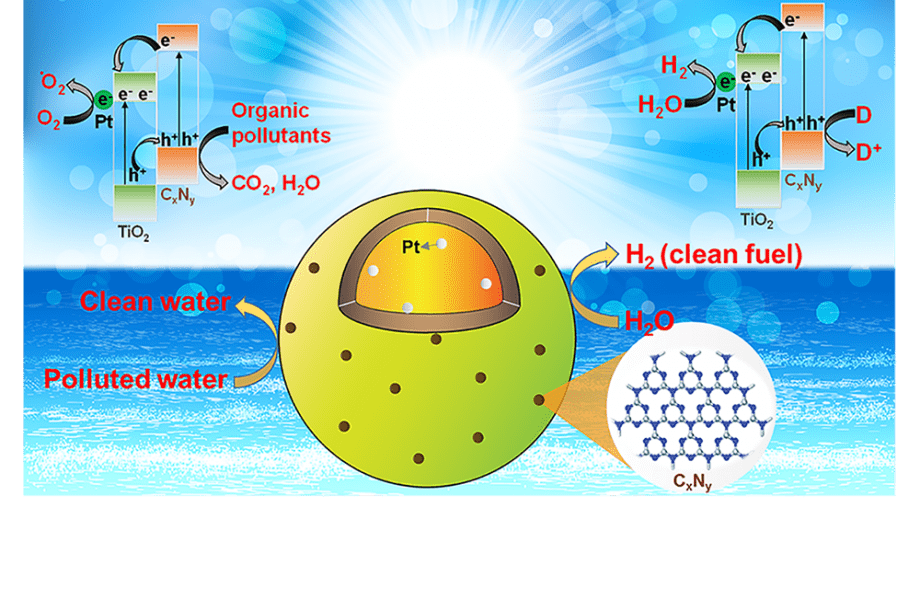
By synthesizing a hollow Pt/TiO2/CxNy-triazine nanocomposite, the low activity of TiO2 has been addressed.

The Centre for Solar Energy and Hydrogen Research Baden-Württemberg (ZSW) and its industry partner Manz achieved a breakthrough on the Chinese market.
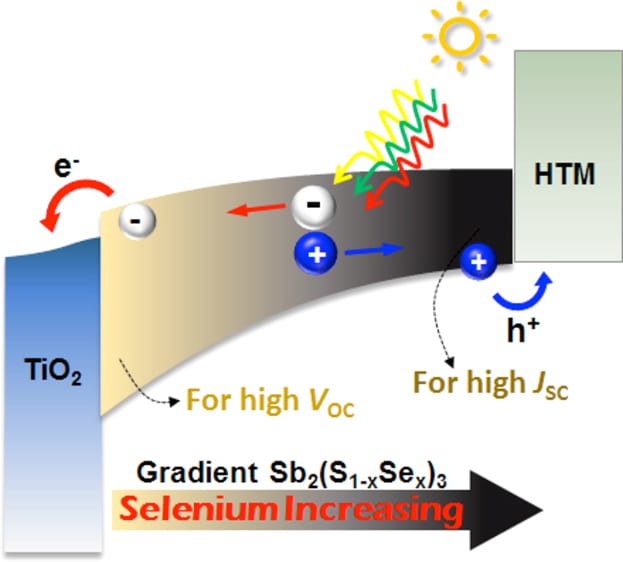
Highest power conversion efficiency achieved for planar heterojunction solar cells based on Selenium-Graded Sb2(S1−xSex)3.
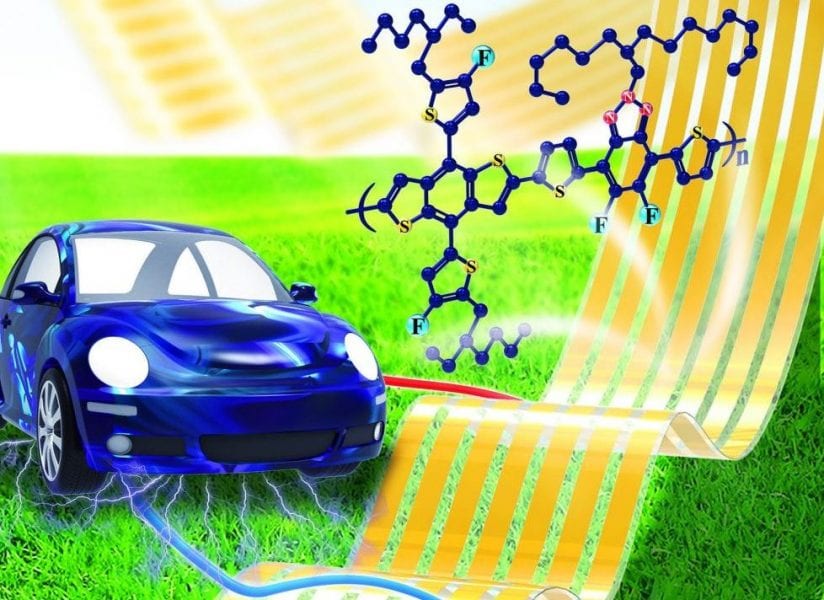
Novel highly efficient polymer solar cells show great promise for large-scale production.

Assembling two types of carbon nanostructures with non-covalent interactions gives an electrode material with enhanced energy density.
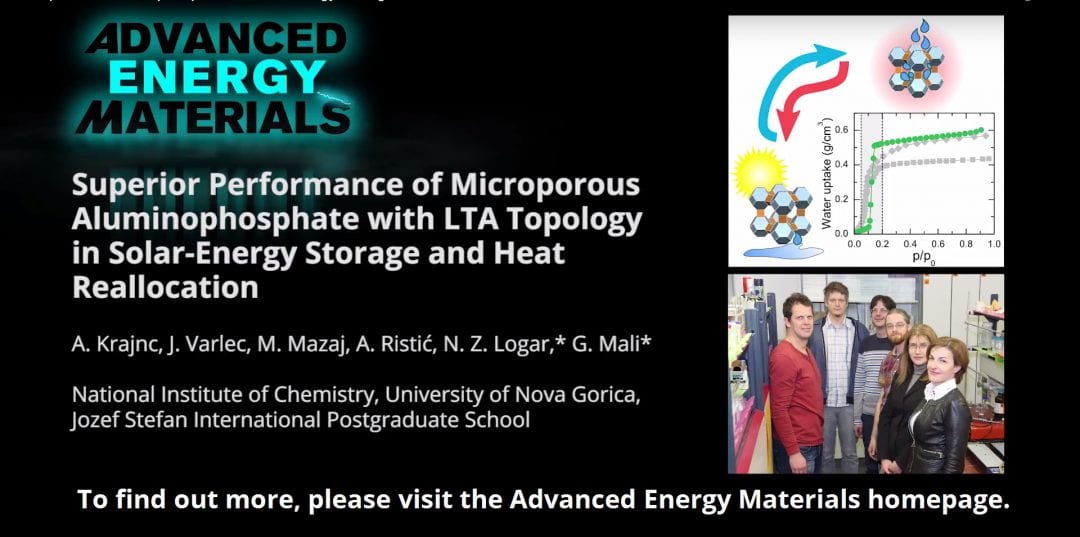
Andraž Krajnc, Nataša Zabukovec Logar, Gregor Mali, and co-workers present a new type of microporous aluminophosphate for high-density storage of solar energy or waste heat in Advanced Energy Materials.
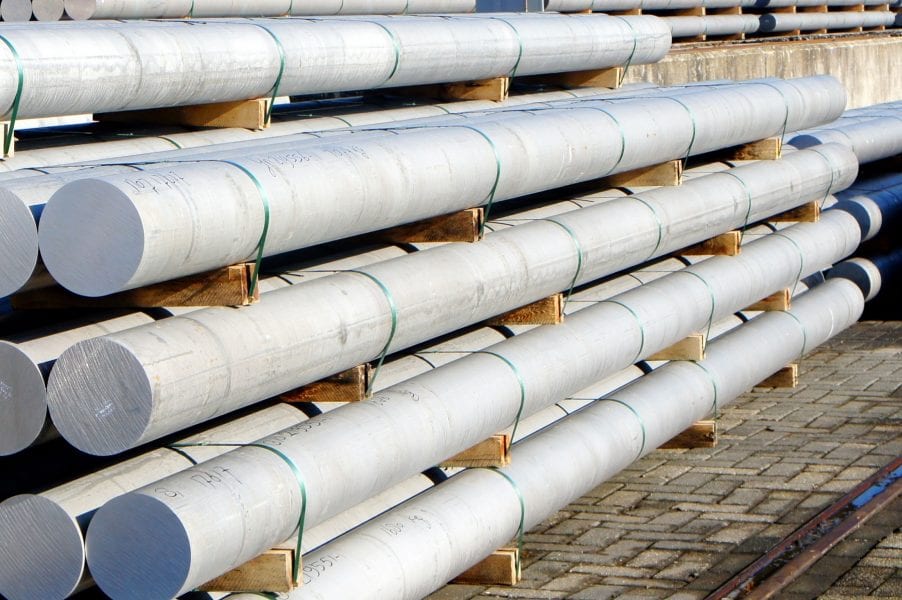
With the virtual battery Trimet has made the energy-intensive electrolysis process for the aluminum production more flexible enabling the use of renewable energy.
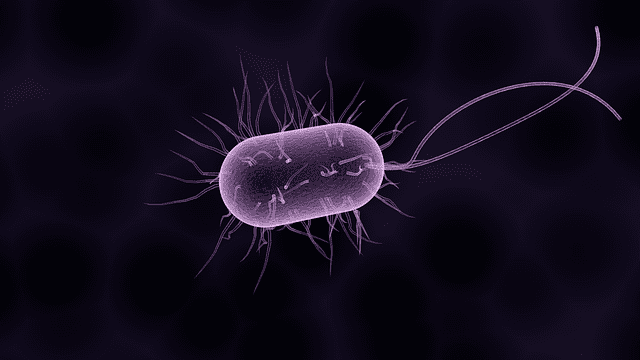
Research on artificial biofilms to enable the integration of electrogenic microorganisms in biofuel cell technology is presented.
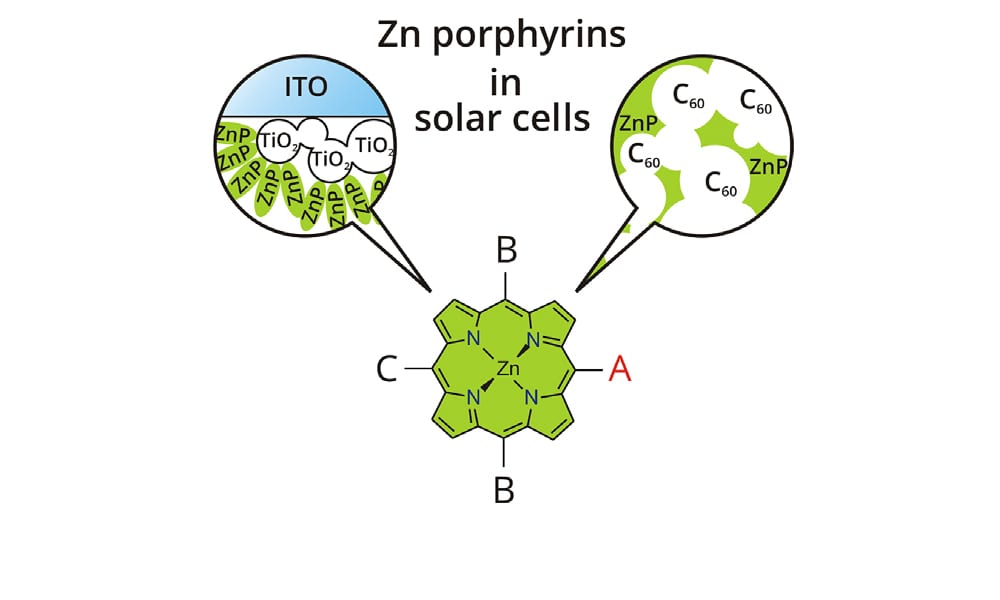
A review of the latest development in the molecular design of zinc porphyrins for dye-sensitized solar cells.